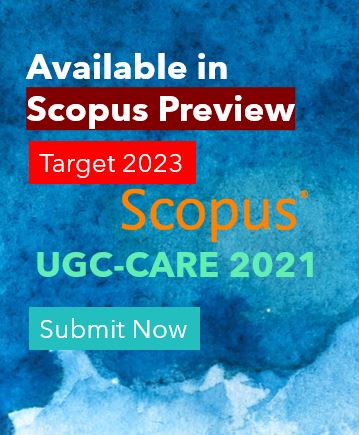VW Applied Sciences, Volume: 5, Issue: 2, 177-184
Received: July 23, 2023
Accepted: Sept. 13, 2023
Published online: Sept. 16, 2023
Huma Khatoon 1*, Rizwana Khatoon 1, Tabassum Ansari 2, Hana Abbasi 1, Shahbaz Ali Khan 1, Mohd Rashid 1
1 Jamia Hamdard University, Hamdard Nagar, New Delhi, 110062, India
2 State Takmeel-Ut-Tib College & Hospital, Lucknow, 226002, India
Abstract: Hijama, or cupping therapy, has traversed an intricate path from ancient therapeutic traditions to its modern adaptations. Its historical significance spans across multiple civilizations, being deeply rooted in Islamic prophetic medicine and other cultural practices. A plethora of techniques, such as wet, dry, and moving cupping, emphasize its adaptability to varied therapeutic needs. Scientific evaluations hint at its potential efficacy in areas like pain mitigation, blood circulation enhancement, and, though more rigorous research is advocated for universal validation. Contemporary global health trends, technological exposures, and socio-religious factors shape its present-day perception, with notable inclinations in sports medicine and endorsements by public figures. However, concerns about safety, possible side effects, and the pressing demand for standardized practitioner training underscore the need for its judicious application. As Hijama carves its niche in the modern health paradigm, it simultaneously evokes a balance of enthusiasm, skepticism, and curiosity. This narrative encapsulates the evolution of a practice deeply anchored in tradition, highlighting the importance of scientific scrutiny, cultural appreciation, and safety protocols in its holistic reception and implementation.



